#Pre-Code Cinema
Explore tagged Tumblr posts
Text
Time Travel Question 73: Assorted Performances XII
These Questions are the result of suggestions from the previous iteration.
Please add new suggestions below if you have them for future consideration.
This is the last of the already prepped Performances polls left. Have more suggestions? Feel free to weigh in.
Unless there is a landslide of suggestions, we'll be going back to the 20th century and earlier soon. I do have some music polls I want to run in February, which will effect the posting schedule.
#Time Travel#Concerts#Performances#Theater History#Broadway cast#Into the Woods#Ralph Fiennes#Hamlet#Shakespeare#The Phantom of the Opera#1925#Silent Film#Freaks 1932#Pre-Code Cinema#The Cabinet of Dr. Caligari#German Expressionist Cinema#King Kong 1930#Old Hollywood#Classic Hollywood#The Black Cat 1934#Abbott and Costello Meet Frankenstein 1948#Abbott and Costello#Frankenstein#Universal Monsters#1930's#1940's#1920's#Davy Jones#the Artful Dodger#Oliver
62 notes
·
View notes
Text




The Lady Eve (1941)
Directed by Preston Sturges
#preston sturges#the lady eve#screwball comedy#classic film#1940s cinema#barbara stanwyck#henry fonda#romantic comedy#film noir#vintage romance#1941 movies#screwball romance#george cukor#witty dialogue#comedy of errors#old hollywood#classic hollywood#pre-code cinema#charming women#unexpected love#playful romance#40s chic#comedic brilliance#new year's eve#40s#40s nostalgia
19 notes
·
View notes
Photo
Barbara Stanwyck

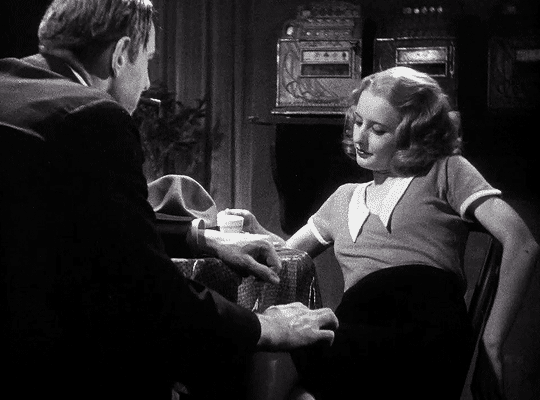
Baby Face (1933) dir. Alfred E. Green
42K notes
·
View notes
Text
youtube
Each month, I try to watch at least one Pre-Code film; a very interesting experience as these films are often more adventurous, modern and sexy than others shot in the 1950s! I saw the fantastic Greta Garbo in Mata Hari this month, but I've already got my pick for March: Coquette, starring Silent Era legend and Hollywood icon, Torontonian Mary Pickford who won an Oscar for her performance!
#Coquette#Mary Pickford#Gladys Louise Smith#Canadian Actress#Canadian Actor#Canadian Producer#Norma Besant#Dr. Besant#John St. Polis#Sam Taylor#Film#1920s Film#1920s Cinema#1920s#Pre-Code#Pre-Code Film#Pre-Code Cinema#Hollywood Golden Age#Favorite Torontonian#Favorite Ontarian#Favorite Canadian#Canada Chronicles#Youtube
1 note
·
View note
Text
Sci-Fi Saturday: Just Imagine

Week 6:
Film(s): Just Imagine (Dir. David Butler, 1930, USA)
Viewing Format: YouTube
Date Watched: June 19, 2021
Rationale for Inclusion:
In looking into science fiction films of the 1930s, the first one I ran across that was new to me was also the first of its genre to receive an Academy Award nomination, Just Imagine (Dir. David Butler, 1930, USA). Not surprisingly if you're up on your Oscar history, this nomination came in an aesthetic category: Art Direction. Subsequently, designers Stephen Goosson and Ralph Hammeras lost to Max Rée for the Western Cimarron (Dir. Wesley Ruggles, 1931, USA).
Other than being a piece of Academy Award trivia, including Just Imagine in our survey made sense because it was intermixed with genres we had not seen combined with sci-fi yet: comedy and the musical. The former was rarely seen combined with science fiction in the silent era, and the latter required the innovation of synchronized sound motion pictures.
Just Imagine is the first talking picture we watched, but it was not the first sound science fiction film produced. That distinction seems to belong to the 1929 adaptation of Jules Verne's The Mysterious Island (Dir. Lucien Hubbard, USA), which was produced as a silent film with a sound sequence and synchronized music track later added. I do not recall why we opted to skip this film in our survey: whether it was an issue of outright missing its existence and availability on DVD or through Archive.org, or intentionally skipping it because we had recently watched 20,000 Leagues Under the Sea (Dir. Stuart Patton, 1916, USA), which included narrative elements adapted from that novel.
At any rate, for its cross-genre whimsy and Oscar nomination, I decided Just Imagine needed to be included on our survey despite viewing access being inconvenient. Despite its historic status, no mainstream media or art house distribution service has made the film available on physical media or streaming. Various DVD-R versions circulate, and it can be found in unofficial versions on YouTube (as we watched it) or Archive.org.
Reactions:
The lack of mainstream release for Just Imagine makes sense for two reasons: due to copyright issues and only being of relative niche interest, late 1920s and early 1930s films aren't as widely available on contemporary home formats in general, and the film overall is not very good.
The main weaknesses of Just Imagine come down to its plot being a weak, rote triangulated romance, mediocre songs, and emphasis on Elmer "El" Brendel's comedy. Unlike his vaudevillian and cinematic contemporaries the Marx Brothers, Brendel's Swedish immigrant archetype has not retained his appeal or cultural relevance with later generations. However, his character's fish out of water immigrant schtick works well within the character's Rip Van Winkle inspired subplot.
The Academy wasn't wrong in nominating Just Imagine for its art direction though. The futuristic art deco city of 1980 is beautiful looking, and clearly indebted to the aesthetics of Metropolis (Dir. Fritz Lang, 1927, Germany), including video phones and personal airplanes instead of automobiles traveling between skyscrapers. The laboratory equipment that brings the fifty years dead Single O (Brendel) back to life was apparently too expensive a build for just one use because it was reused to more iconic effect the following year in Frankenstein (Dir. James Whale, 1931, USA).
Single O's man from present day in the future storyline would be repeated in later sci-fi works, like the serial Buck Rogers (Dir. Ford Beebe and Saul A. Goodkind, 1939, USA), movie Judge Dredd (Dir. Danny Cannon, 1995, USA), and television series Futurama (1999-2003, USA). Other genre tropes that come into play throughout the film include food in pill form, people receiving number designations, marriages being bureaucratically arranged, reproduction without the sex or body horror, and a trip to a Mars populated by Martians. None of these aspects originate with Just Imagine, just cement its genre status.
For sci-fi fans, the set pieces and tropes in play make Just Imagine worth watching at least once, if only to appreciate later, better iterations of its elements. For classic film and pre-code cinema fans, it's an interesting cultural artifact for no other reason but its cast featuring Brendel, Maureen O'Sullivan, and Joyzelle, she of the infamous "naked moon dance" in The Sign of the Cross (Dir. Cecil B. DeMille, 1932, USA).
1 note
·
View note
Text
This Day in Buster…April 14, 1924 “Sherlock Jr." has its U.S. opening in Boston ahead of the premiere in LA on the 26th.
#buster keaton#damfino#the damfinos#buster keaton society#ibks#damfamily#vintage hollywood#silent era#the international buster keaton society#silent movies#old hollywood#silent film#silent comedy#film#comedy#cinema#pre code#pre code era#1920s#1920s hollywood
1K notes
·
View notes
Text


Fredric March and Gary Cooper on the Paramount lot during the filming of Design for Living (1933).
631 notes
·
View notes
Text
The Illusion in Sherlock Jr. explained in Movie Magic & Mysteries: The Making of Sherlock Jr.
#buster keaton#1930s#1910s#1920s#1920s hollywood#silent film#silent comedy#silent cinema#silent era#silent movies#pre code#pre code hollywood#pre code film#pre code era#pre code movies#damfino#damfinos#vintage hollywood#black and white#buster edit#old hollywood#slapstick#sherlock jr#sherlock jr illusion#vaudeville
2K notes
·
View notes
Text
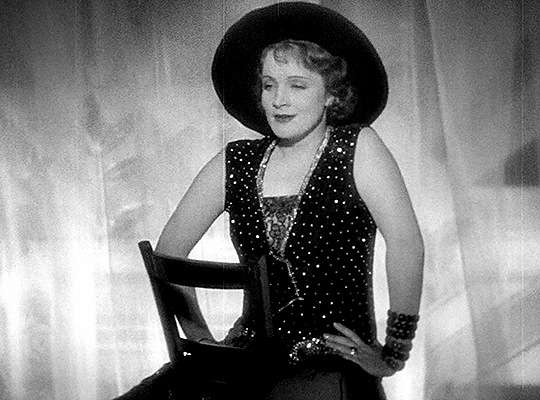

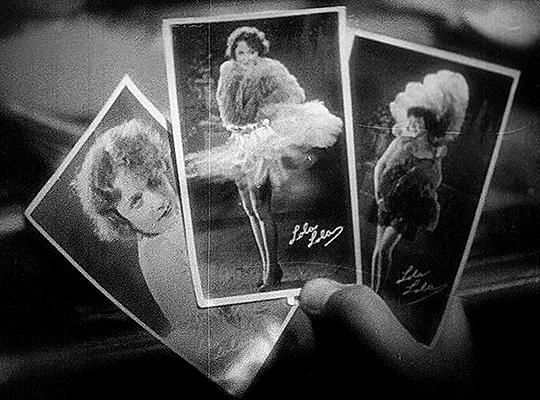

Marlene Dietrich in The Blue Angel (1930) Dir. Josef von Sternberg
#the blue angel#filmgifs#classicfilmblr#classicfilmsource#fyeahmovies#userfilm#german cinema#userraffa#userdeforest#1930s#marlene dietrich#dailyflicks#cinematv#filmedit#worldcinemaedit#ours#by natty#pre code film
814 notes
·
View notes
Text

Lady of The Day 🌹 Faith Bacon ❤️
#early talkies#1930s cinema#pre code actresses#faith bacon#burlesque#american stage actress#dancers#vintage beauty
79 notes
·
View notes
Text

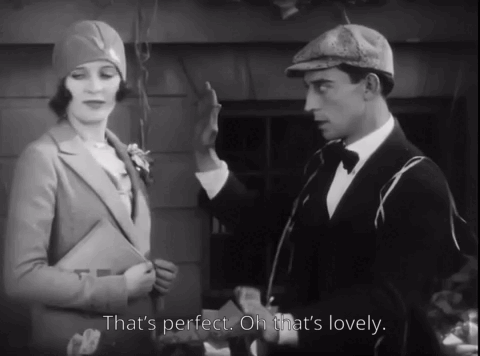
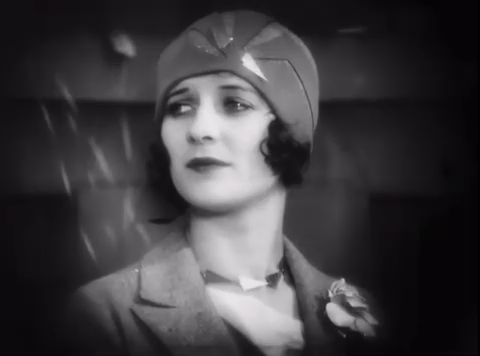
Buster Keaton and Marceline Day in “The Camerman” (1928). Despite being a silent film and having no intertitles during this scene, it’s possible to read Keaton’s lips as he directs Day’s character for her tintype portrait.
#buster keaton#marceline day#the cameraman#the cameraman 1928#silent era#silent film#silent movies#silent comedy#silent cinema#movie gifs#gifset#gifs made by me#my gifs#pre code hollywood#pre code movies#pre code film#pre code era#1920s cinema#1920s hollywood#1920s film#old cinema#old hollywood#hollywood golden age#classic hollywood#classic cinema#classic movies#classic film
45 notes
·
View notes
Text

Joan Blondell and Bette Davis for Three On A Match 1932 💋
#old hollywood#beauty#romantic drama#1930s cinema#pre code cinema#pre code actresses#three on a match#joan blondell#bette davis#ann dvorak#humprey bogart#warren william
148 notes
·
View notes
Text
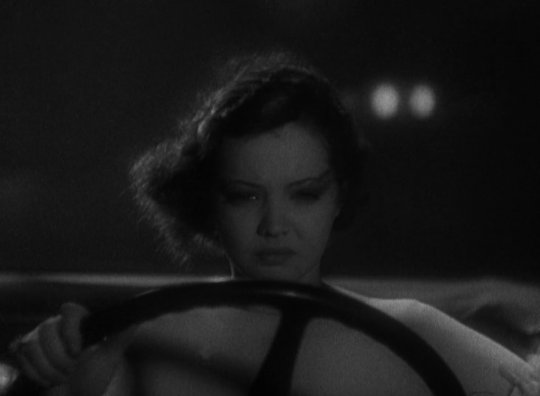
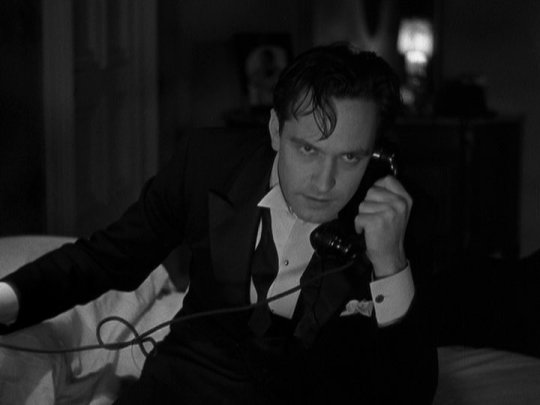
Merrily We Go To Hell (1932)
A complex look at open relationships, marriage, and alcoholism. Dorothy Arzner broke new ground as a woman behind the camera. I watched this film for the first time last year, but it was even better on a rewatch last night.
It starts with a lot of fun and it clearly wears its pre-Code sensibilities on its sleeve for an act or two, but then the film gets serious, sad and heavy, with the charming alcoholic lead (Fredric March) making a mess of himself before the woman who loves him (Sylvia Sidney) and our very eyes. Human and real, it pulls no punches.
There was a greater diversity of human experience and experimentation during the pre-code era, even when the films weren't objectively good or deep, that was stamped out under the code and it's a shame.
#fredric march#sylvia sidney#merrily we go to hell 1932#pre-code#old hollywood#cinema#movies#dorothy arzner
239 notes
·
View notes
Text
This Day in Buster…May 10, 1925 The Chicago Tribune reports that Buster Keaton has come up with a new invention for consuming pasta…
#buster keaton#damfino#the damfinos#buster keaton society#damfamily#ibks#silent era#vintage hollywood#silent movies#the international buster keaton society#old hollywood#damfinos#pre code#hollywood#film#comedy#cinema#movies#films#silent comedy#silent cinema#silent film
218 notes
·
View notes
Text

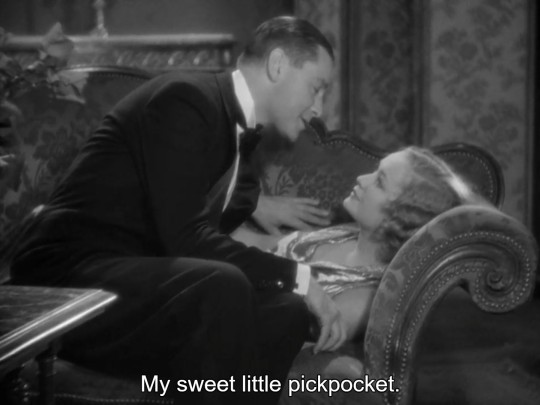

Trouble in Paradise (1932), dir. Ernst Lubitsch
#trouble in paradise#ernst lubitsch#film#herbert marshall#miriam hopkins#1930s#old hollywood#pre code#cinema#movie quotes
86 notes
·
View notes
Text
Buster Keaton The High Sign (1921)
#buster keaton#old hollywood#vintage hollywood#black and white#slapstick#1920s#silent comedy#pre code hollywood#buster edit#silent cinema#1920s hollywood#the high sign#1921
356 notes
·
View notes